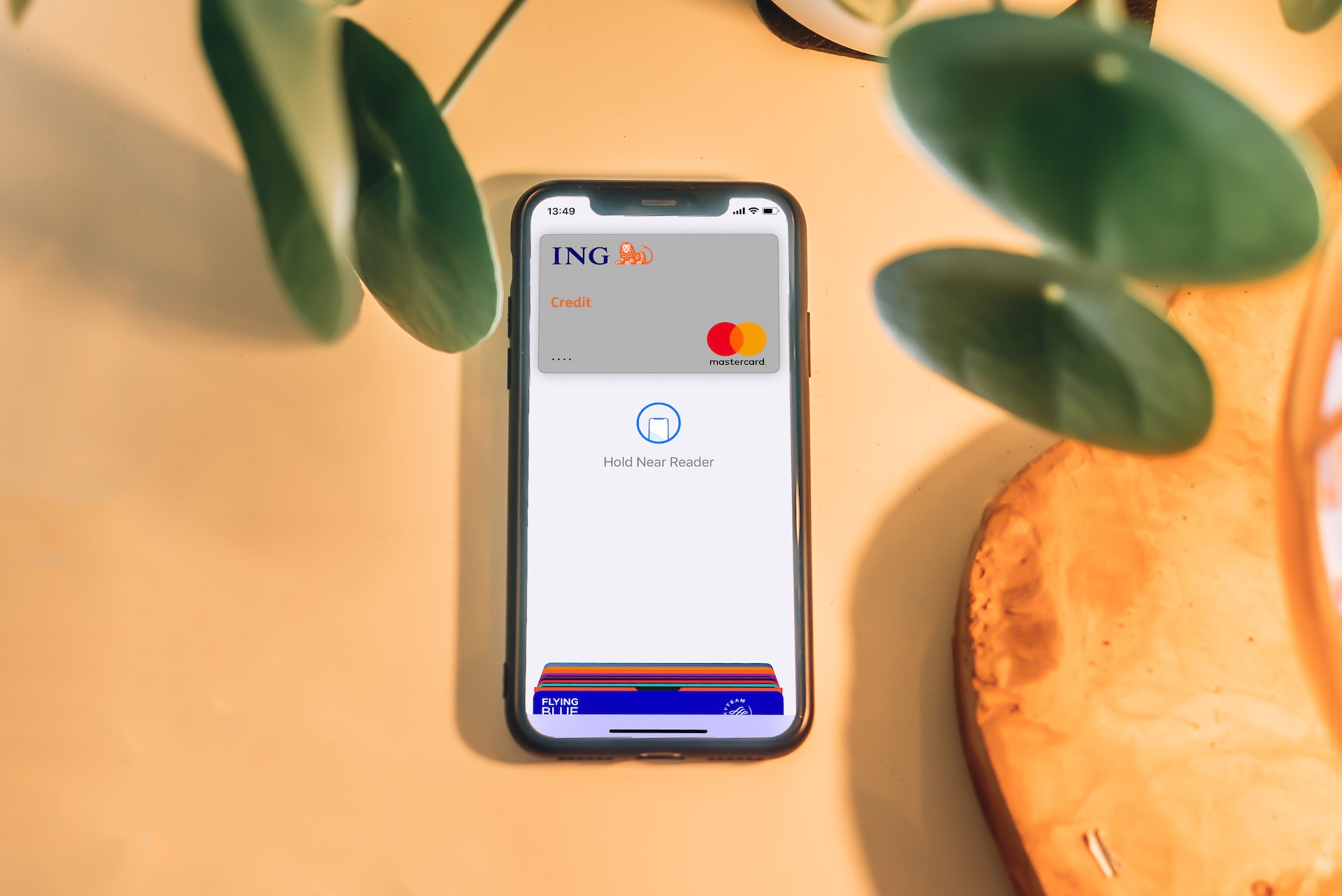
Discover the transformative impact of financial software on banking transactions in the ever-evolving landscape of E-commerce dynamics. Navigate the labyrinth of digital finance seamlessly with insights from our comprehensive article.
In the vast landscape of e-commerce, a myriad of possibilities and challenges unfolds for vendors, merchants, and consumers alike. The exponential growth of the e-commerce market, fueled by the relentless march of new technologies and platforms, presents a tapestry of opportunities interwoven with complexities that demand meticulous unraveling. A particularly intricate challenge that beckons our attention is the artful integration of financial software into the e-commerce ecosystem—a feat critical for navigating the labyrinth of seamless payment processing and regulatory compliance.
Evolving Tapestry of E-commerce Ecosystems
The evolutionary trajectory of e-commerce ecosystems mirrors a whirlwind of transformation. Emerging from the cocoon of mere online retail, e-commerce has metamorphosed into a sophisticated ecosystem, orchestrating a symphony of stakeholders including merchants, financial software maestros, and third-party virtuosos.
The backbone of this dynamic ecosystem resides in the nebulous concept of the platform—a term simultaneously denoting both the underlying technology and the entity delivering it. These e-commerce platforms, far from being mere conduits, emerge as multifaceted tools empowering merchants to erect online emporiums, orchestrate real-time inventory ballets, and curate the intricate tapestry of customer data. Beyond these elemental functions, akin to a seasoned artisan, many e-commerce platforms extend their brushstroke to specialized services tailored for specific verticals such as the intricate realms of travel or healthcare. Here, the canvas of regulations and requirements demands a nuanced dance, orchestrating an intricate ballet for businesses to thrive within the digital domain.
Financial Software’s Pas de Deux in Banking Transactions
Enter financial software—a choreographer of payments and transactions, a custodian of financial virtuosity. Financial institutions waltz with this software, engaging in the ballet of e-commerce services: bill payment pirouettes, money transfer arabesques, and other banking operations en pointe. As the financial landscape evolves, the demand for seamless integration and tailored solutions grows, emphasizing the need for a proficient banking software development company that can compose a symphony of cutting-edge applications to orchestrate the intricate dance of modern finance.
The nimble-footed innovators of financial technology (fintech) have birthed avant-garde products. Picture digital wallets as the prima donnas, elegantly cradling consumer credit card information, rendering the archaic need for paper cards obsolete—a choreography where security meets convenience in a graceful pas de deux.
Integration: E-commerce’s Harmonic Convergence
The symphonic integration of financial software into e-commerce platforms reverberates as a resounding trend. This integration crescendo enhances user experience, granting an audience seamless access to the nuanced ballet of banking transactions and financial services. A ballet where operational costs pirouette downward, processes execute an automated allegro, and productivity takes center stage.
Behold the magnum opus of integrated platforms—a synergy exemplified by Shopify Plus’ dalliance with Square Cash. Merchants on this stage accept payments, not through the conventional PayPal or Stripe, but in a direct tête-à-tête with Square Cash—a narrative where traditional scripts undergo a metamorphic rewrite.
Streamlining the Ballet of Payment Processes
The heartbeat of e-commerce—the payment process, pulsates with paramount importance. An intricately choreographed pas de deux between consumers and a secure, seamless payment interface is not just a dance for tangible goods but extends its grace to the ethereal realm of digital products: subscriptions pirouetting, software licensing agreements executing intricate arabesques. A customer experience ballet, flawless from curtain rise to fall, where no hiccups dare to intrude.
Fortifying the Citadel: Security in Banking Transactions
In the grand theater of e-commerce, where trust is the currency, financial software emerges as a guardian against the specter of fraud. The financial industry, donned in the armor of innovation, wields biometric authentication as its Excalibur, employs blockchain technology as its sentinel, and deploys the legions of artificial intelligence and machine learning as vigilant custodians.
Real-time Sonata: Monitoring and Reporting
A real-time sonata unfolds—the orchestration of tracking transactions in the e-commerce realm. An online banking platform becomes the stage, allowing customers to behold the intricate dance of their account details in real-time. This is not just a performance; it is a critical act in the grand opera of customer service, a necessary prelude to compliance with regulatory magnum opuses like the operatic “Know Your Customer” (KYC).
User Experience: The Silent Sonata of E-commerce
In the silent sonata of e-commerce, user experience holds the conductor’s baton. A decisive factor shaping the symphony of purchase decisions and the monetary notes resonating therein. Banking transactions, a more delicate sonata, where the audience, driven by a visceral desire to expedite the flow of funds, shuns the dissonance of inefficient processes. Financial software steps onto the stage, a choreographer streamlining user experience, ensuring transactions waltz effortlessly from initiation to denouement.
Regulatory Compliance: A Ballet of Synchronized Compliance
Regulatory compliance and financial software, bound in a delicate ballet, become the linchpin of e-commerce success. Financial software, the custodian of legality, ensures transactions pirouette in accordance with the laws’ grand choreography. In the regulated industry, the stakes are high, licenses akin to delicate glass sculptures that risk shattering if not handled with the utmost care.
Financial Software’s Overture to Tomorrow
As we draw the curtains on this symphony, the crescendo of financial software’s impact reverberates. In this narrative, companies discover a revolution within their grasp—an evolution not sought outside but crafted within. E-commerce platforms and payment gateways, the unsung heroes of this tale, emerge as the tools with which companies reinvent themselves.
In the intricate dance of e-commerce ecosystems, financial software stands as the maestro, orchestrating a harmonious blend of payments, security, compliance, and user experience. The conclusion is not an end but a prelude to the next act, where the integration of financial software not only transforms transactions but also catalyzes a metamorphosis within the very essence of commerce.
Was this news helpful?







 Yes, great stuff!
Yes, great stuff! I’m not sure
I’m not sure No, doesn’t relate
No, doesn’t relate



